By the early part of the 1800’s much of Poyntzpass as we know it today – its main streets and many of its houses – was largely complete, and the village was effectively owned by the Hanna family of Newry.
Then in 1817, two very large adjoining estates – Acton and Drumbanagher – came up for sale within less than a year, and both were snapped up by Col. Maxwell Close of Elm Park, Armagh. Close and his descendants became the driving force in the development of the Poyntzpass area for most of the next century, and he became one of Co Armagh’s most prominent citizens.
The family originated from Yorkshire. Richard Close served in the English army during the reign of Charles I, where he remained after the English Civil Wars. He was granted four townlands in Monaghan, and the family eventually settled near present-day Lisburn. Various Closes married into prominent Ulster families, such as the Stewarts of Ballintoy, the Warings of Waringstown and the Halls of Narrow Water Castle.
Any account of the Close family is liable to be confusing as, for centuries, the firstborn male was almost always named Maxwell!
Maxwell Close of Elm Park (1722-1793) m.
Mary Maxwell (1725 -…)
¦
Rev. Samuel Close (1749-1817) m.
Deborah Champagné (1761-1815)
¦
Col. Maxwell Close (1783-1867) m.
Anna Elizabeth Brownlow (1795-1863)
¦
Rev. Maxwell Charles Close (1827-1903) m.
Catherine Deborah Agnes Close (1828-1914)
¦
Maj. Maxwell Archibald Close (1853-1935) m.
Lady Muriel Albany Stuart-Richardson of Drum Manor (1869-1928)
¦
Capt. Maxwell Stuart Close (1892-1946) m.
Anna Dorothea Alexandra Lowry Cramer-Roberts (1894-1988)
¦
Maxwell William Close (1923-1995) m.
Joan Elizabeth Stephens (…-2020)
The most important member of the Close family in the story of Poyntzpass is Col. Maxwell Close (1783-1867) as he bought the two estates – Acton and Drumbanagher – within a period of a few months and united them. Of all of the Close family, he had the most profound effect on Poyntzpass and the surrounding area. His story is spread over many pages here.
Brief Biographies Of The Other Close Family Members
Rev. Maxwell Henry Close (1822-1903)
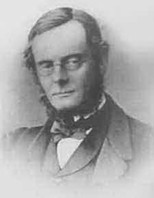
The Rev Maxwell Henry Close was not in the direct line of descent which owned Drumbanagher; he was born into a prominent Dublin banking family, and was a nephew of Col. Maxwell Close of Drumbanagher. He was a clergyman, Irish language supporter and prominent amateur geologist.
He was the first person to comprehensively explain the glacial features of Ireland, having made many field trips across the country.
He was a strong advocate for the wider use of the Irish language. He supported the Hibernian Journal financially for many years, and left money in his will to support the production of an Irish language dictionary.
Rev. Maxwell Charles Close JP DL MP (1827-1903)
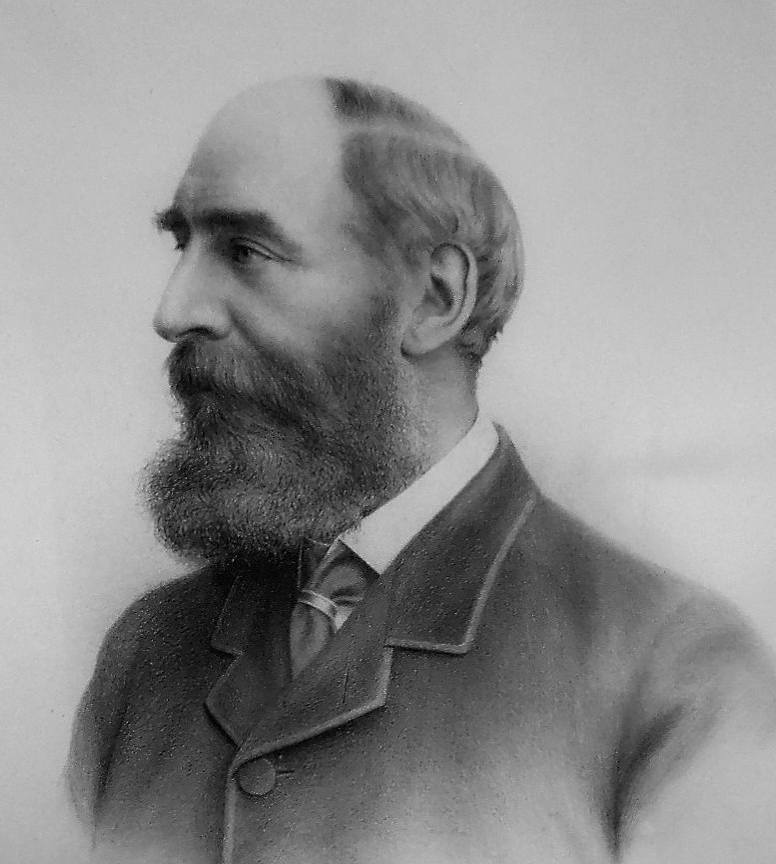
He was born in the family’s ‘ancestral’ home of Elm Park, near Armagh; the original Drumbanagher House had burned down before he was born, and the new one was not completed until he was 10 years old. He was educated at Eton and Oxford.
Aged 25, he married his relative Catherine Deborah Agnes Close on 23rd November 1852, in Dublin.
In 1867, then aged 40, he inherited the Drumbanagher estate on the death of his father. He was a JP, Deputy Lieutenant of Armagh, and High Sherriff in 1854. He was elected as Conservative MP for Armagh four times, in 1857, 1859, 1874 and 1880.
In an 1899 report on the selection of his son Henry[1] S. Close (who was also his land agent) as Unionist candidate for Poyntzpass electoral district for the new Armagh County Council, Close was referred to as “…the largest cess payer in Co Armagh”.
He died at Drumbanagher on 25th January 1903, and the estate was inherited by his son Major Maxwell Archibald Close.
Maj. Maxwell Archibald Close (1853-1935)
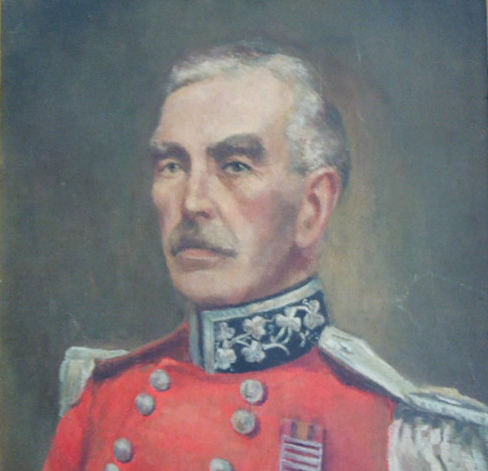
Maxwell Archibald Close was educated at….. and Oxford, was a career soldier, served in the 11th and 13th Hussars, and fought in the Boer War. He did not inherit Drumbanagher until he was 49.
In 1891 he married Lady Muriel Stuart, daughter of the 5th Earl of Castlestewart. He retired from the army in 1901, and inherited Drumbanagher in 1903, when his mother returned to Dublin with two or three of his unmarried sisters.
He divided his time between Drumbanagher and Drum Manor near Cookstown (Muriel’s family home), settling there in his later years (Muriel died in 1928), with his second son, Archibald.
He died at Drum Manor on 31st January 1935.
Maj. Maxwell Stuart Close (1892-1946)
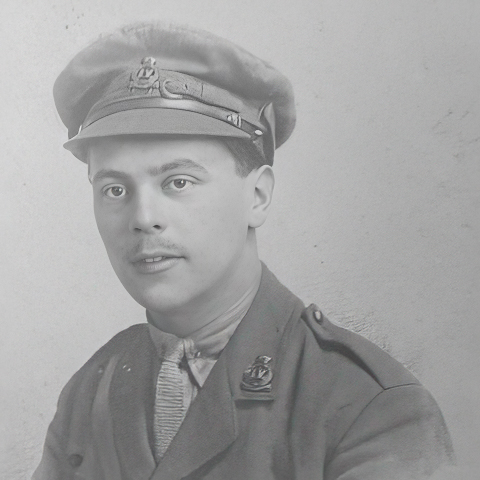
Maxwell Stuart Close was born in England where his father was ….. he was yet another first-son Close family professional soldier. He joined the army in …. and fought in the First World War(?)
In the 1918 voter lists he is recorded as a Lt. in the 3rd Hussars. He also served in the 4th Hussars.
He married Anna Dorothea Alexandra Lowry Cramer-Roberts in Dublin in 1915. They had one son and four daughters.
He died at Drumbanagher on 20th May 1946, aged 54.
[See Gillian’s article]
Maxwell William Close (1923-1995)
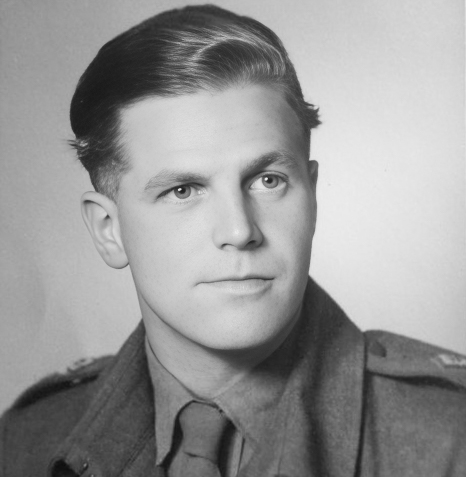
Maxwell William Close inherited Drumbanagher House and the demesne on his father’s death in 1946 when he was 23.
He married Joan Stephens on ……………………………
He soon decided that the ‘Castle’ was impossibly expensive to live in and maintain, so the family moved out for good to a much smaller house in the grounds.
On 7th-8th June 1948 there was a huge auction of the remaining furniture and effects by John Ross & Co of Belfast, including 5,000 books from the library and two paintings of Venice by Canaletto.
Drumbanagher House was demolished in 1951, 114 years after it was completed. A June 12th article in the Belfast Telegraph carried the headline
“Stately Ulster house of 80 rooms and 300 doors soon will be pile of rubble. 10 years to build – 10 months to bring it down.”
Eastwoods of Belfast supervised the salvage operation, and many adverts appeared in local newspapers over the following months offering reclaimed building materials for sale.
“Drumbanagher Castle, Poyntzpass – Building Materials of the finest quality for sale; salesmen in attendance all day Wednesdays and Saturdays”
In an April 1962 interview in the Belfast Telegraph, Close said
“No mortal could have afforded to keep the castle going. So, I had it demolished.…It was perfectly sound and in good order…now it looks like a nuclear bomb hit it.” All that remains is the port-cochère[2].
[1] Not being the first son, Henry would not inherit the estate and therefore needed a job.
[2] A structure attached to a building through which vehicles can pass, which shelters those arriving and departing.